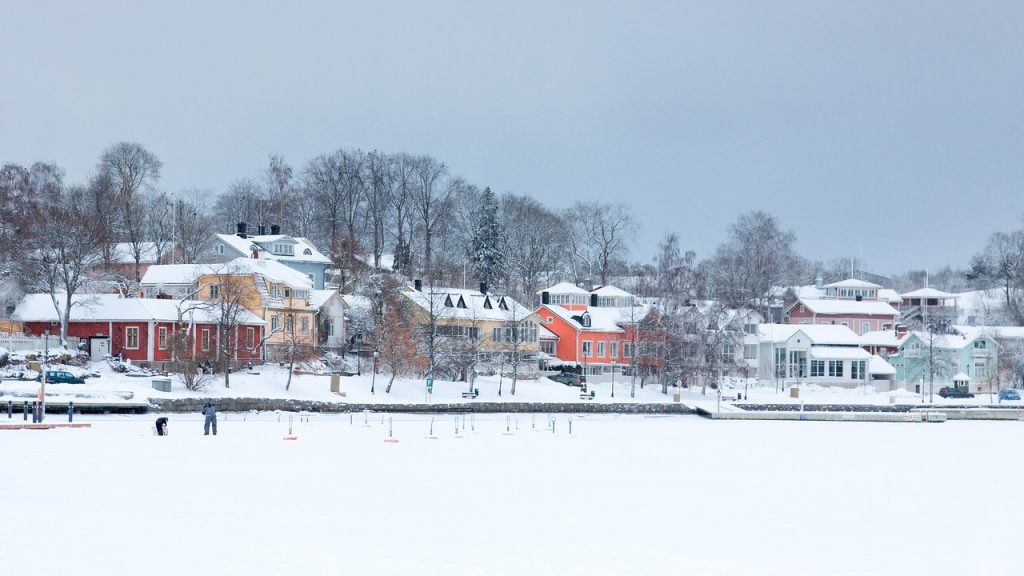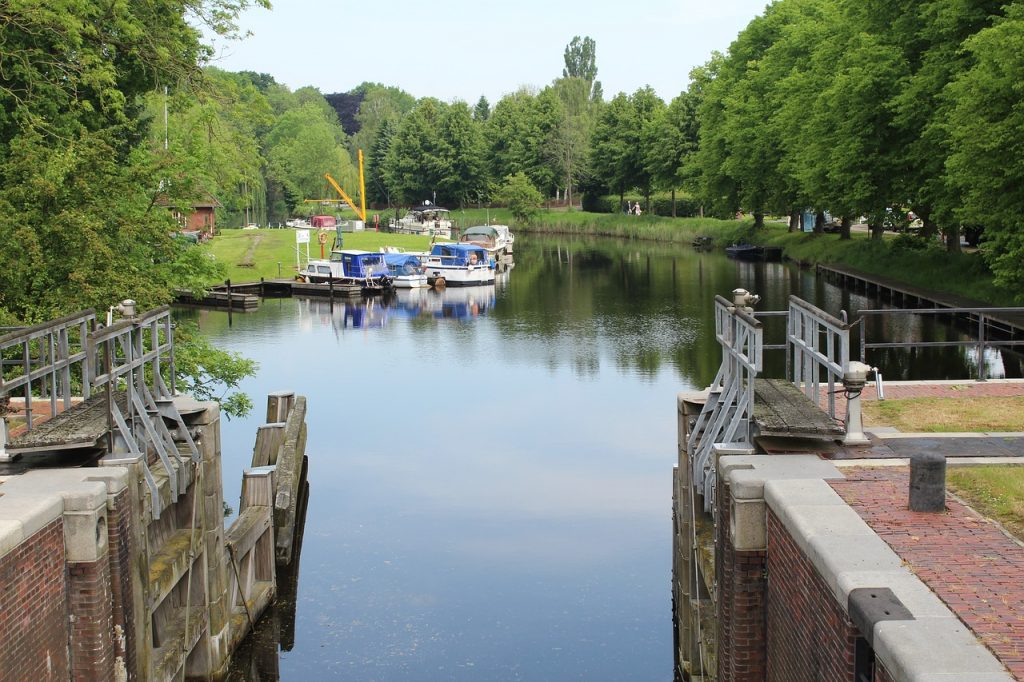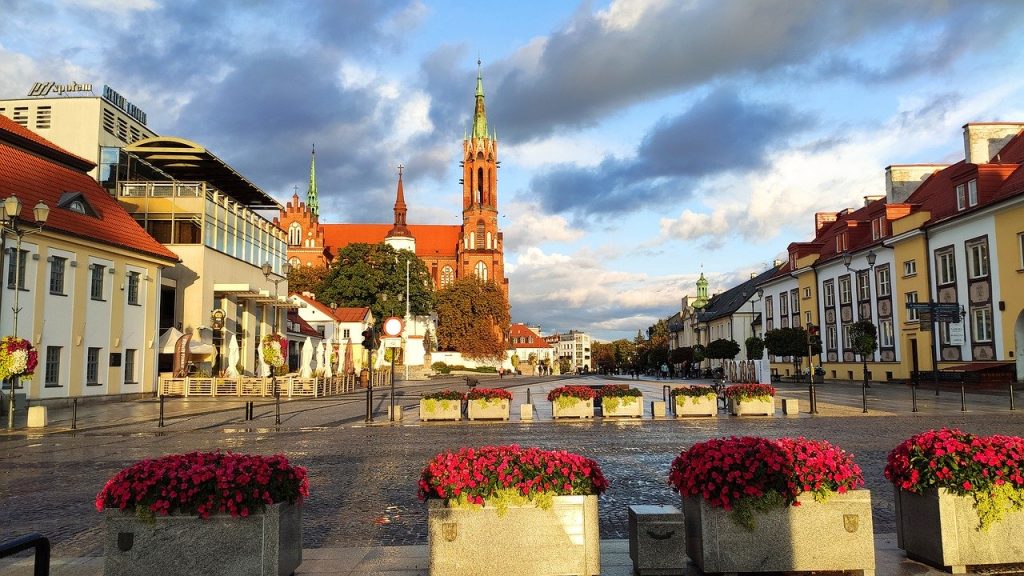History
The city of Łęczna is the capital of the Łęczna poviat, the seat of the commune and poviat authorities. It is located on a woodless loess plateau, on the edge of the Wieprz river valley. Its older part, however, settled on a high embankment, in the forks of Wieprz and Świnka. In the coat of arms of the city there is a boar, which according to legend saved the inhabitants from a dangerous fire. The first historical records about Łęczna come from 1350. In 1467, as a result of the efforts of the castellan of Kraków Jan Tęczyński, king Kazimierz Jagiellończyk granted Łęczna the town right. At the same time, it received the royal privilege of organizing two fairs. Since then, it has developed rapidly. It was mainly due to the favorable location at the intersection of trade routes leading from the beyond the Bug River and the Chełm land to Lublin, as well as the navigable Wieprz. Most likely, at the beginning of the 16th century, a castle stood on the edge of the cliff at the mouth of Świnka to Wieprz. At the turn of the sixteenth and seventeenth centuries, the new owners – Noskowski, obtained from King Stefan Batory privileges for subsequent fairs, which caused a further flourishing of the city. Thousands of sellers, buyers and agents from all over Europe came to them.
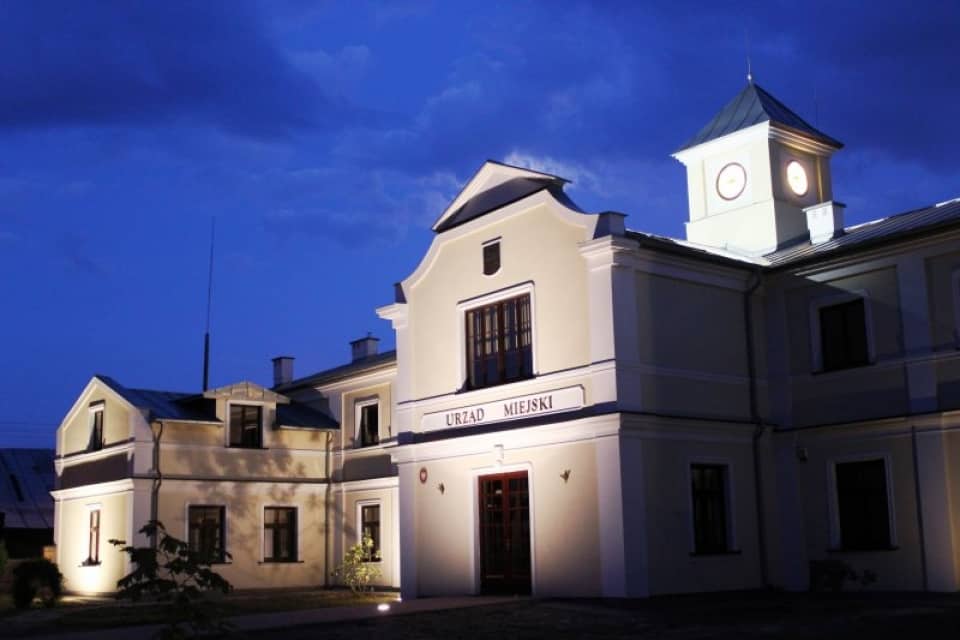
The revival in trade and craft, as well as spatial development made the city one of the most important urban centers of the province. The unusual architectural layout of the old town with three markets is a trace of its former splendor. The country’s political situation (wars that have plagued the Polish Republic since the mid-seventeenth century, followed by the loss of independence), delineation of new trade routes, and frequent fires have contributed to the city’s loss of significance. It was only when in 1766 the then owner of the town, the Płock bishop Hieronim Szeptycki, obtained from King Stanisław August Poniatowski the privilege of a new two-week fair at St. Idzi and confirmation of previously granted fairs, Łęczna fairs became international. Merchants from the furthest sides of Ukraine attracted them: Ukraine, Moldova, Turkey, Germany and Austria.
During the fairs, a small number of 348 houses and 1510 inhabitants came to small Łęczna in 1797, and nearly 30 thousand were sent to both Christmas and autumn fairs. oxen and 10,000 horses. Ignacy Krasicki wrote about the Łęczna fairs in 1782 and Jan Piotr Norblin recorded them in his painting entitled “Foire de Lenczna” in 1803. In the nineteenth century, as a result of the fall of the Polish-Lithuanian Commonwealth, independence struggles, the establishment of railway lines that bypassed Łęczna and dangerous fires in 1846 and 1881, the Łęczna fairs lost their international character, and the city never returned to its former glory.
A new era in the history of Łęczna was brought by the discovery of hard coal seams and the start of the construction of a hard coal mine in Bogdanka in 1975. Today, Łęczna is around 23,000 city, seat of many offices, regional shopping and service center. Many football fans support footballers of the 1st league Mining Sports Club Bogdanka S.A. who train at a modern stadium in Łęczna.
History of Jews living in Łęczna
For centuries, the cultural landscape of Łęczna was created by people of various nationalities and denominations. Mostly it was a Jewish community. According to written sources, the first Jews appeared in Łęczna in 1501. The oldest known references to the existence of the Jewish community date back to the second half of the 15th century. The rapid development of the commune, which is one of the largest and most influential in the region, took place during the 17th century. A magnificent stone synagogue was erected then (with a high degree of probability it can be assumed that it was built in 1648 or around 1655), while in 1668, 1678, 1681 Łęczna was a meeting place for delegates participating in the proceedings of the Council of Four Lands (Waad Arba Aracot ). On November 22, 1846, as a result of a dangerous fire in the city, the synagogue and buildings along the streets – Zielona, Rynkowa, Bożniczna, Łańcuchowska and around Rynek II and III burned down. Destroyed buildings, including the synagogue, were rebuilt, however, we do not have any information during this period.
In the 19th century, Jews constituted around 55% of the city’s population. They mainly dealt in trade, craft and financial activities. Łęczna became an important center of Hasidism. The presence of tzadik Szlomo Jehuda Lejb called Łęczczyn attracted huge crowds of pilgrims here. The period of World War II brought huge changes. In 1941, a ghetto and a forced labor camp were created in Łęczna. Mass deportations and executions of the Jewish population began. At the turn of October and November 1942, the Germans liquidated the ghetto in Łęczna. They shot 1046 Jews at the southern wall of the synagogue (in the years 1942–1943). They sent two large transports to the death camp in Sobibór, and transported the remaining people to forced labor camps in Piaski and Trawniki. The Łęczyna Jewish community ceased to exist.
WORTH SEEING:
The Big Synagogue – located in close proximity to Market II (ul. Bożnicza 17), on the slope of the Świnka valley. Built in the mid-seventeenth century. In the central part there is – built on a square plan – a stone bimah with four Tuscan columns with semicircular arcades and a two-storey setting. By the eastern wall, there is a two-column altar for the arum-ha-kodesh family. During the war and in the post-war years, the synagogue was largely destroyed, and then rebuilt in 1953–1964. From 1966 to 30/04/2014 it housed the Regional Museum in Łęczna, which gathered, among others souvenirs of Jews who lived in Łęczna in large numbers until World War II. In the 16th and 17th centuries, the local Jewish community was the second largest community in the province. Lublin. In the nineteenth century, the Hasidic tzadik Szlomo Jehuda Leib, called Łęczner, who was buried at the local Jewish cemetery, operated here.
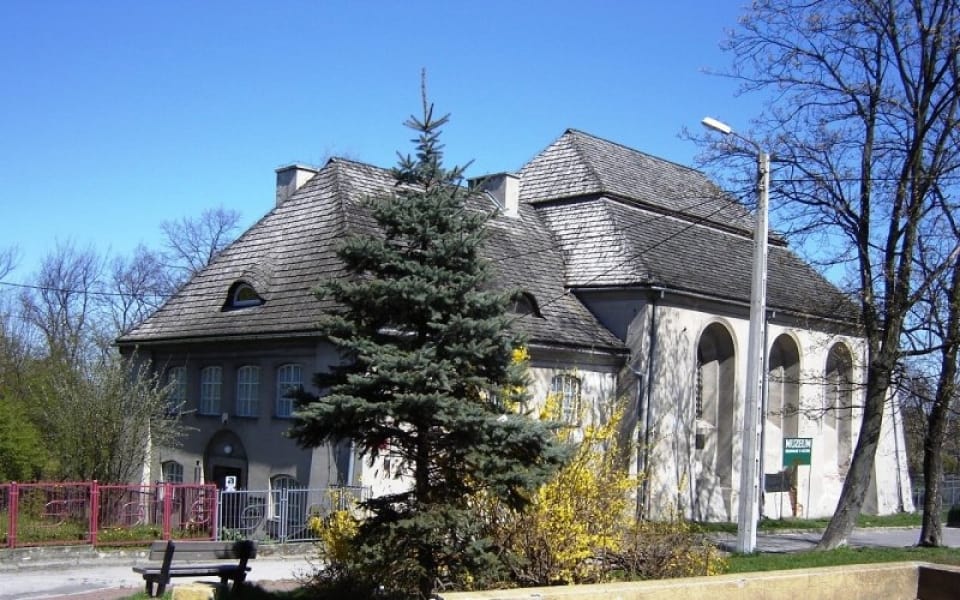
The Small Synagogue – called the House of Prayer or a Jewish school – was built of stone and brick at the beginning of the 19th century. The Municipal and Communal Public Library has been located here since 1993. A stone basin for ritual washing of hands has been preserved from the old equipment on the western wall.
Church St. Mary Magdalene in Łęczna – built in the years 1618–1631 in the style of the late Renaissance. Its founder was the then heir Adam Noskowski, and the builder was probably Jan Wolff – the leading murator of the Zamość estate. The temple has a cross shape, is one nave, has a lower and narrower presbytery than the nave, as well as two adjacent rectangular chapels – on the north and south. Inside the church there are five Baroque altars, including the main altar with Rococo elements, antique paintings and sculptures. Noteworthy are, among others baroque portraits of Jan III Sobieski and Wacław Rzewuski, heir of Łęczna. Fragments of Renaissance stucco have survived in both chapels, and a crypt under the church, in which, inter alia, was buried. several Łęczyni heirs from the Noskowski and Firlej families.
The building of the former presbytery – wooden, with a Swiss-style decoration – is dated around 1858.
Mansjonaria – a late Baroque, brick building located near the church – originally intended for priests of Manjans. founded by Adam Noskowski around 1639. In 1930, the Polish broken roof was replaced by a mansard. The corridors have cradle and cradle vaults. The building currently serves as a presbytery.
Town Hall – located on Pl. Kościuszki, in the north-eastern part of Rynek I. It was built at the end of the 19th century – it was originally intended for guarding (guardhouse). It is an example of a classicist building. Brick, erected on a rectangular plan, plastered, one-story, two-bay. From the front, it has a four-column portico with a triangular gable. Since regaining independence, he has served as a magistrate. Burned in 1943, then rebuilt in 1961–1963. Currently, it is the seat of the Registry Office.
Depot houses located at ul. 3 Maja 26 and 37 and at pl. Kanal 18 and 26 are remnants of 19th-century architecture from the period of the city’s market splendor. Wooden, with hipped roofs, with a huge depot – constituting more than a third of the surface of the house – during the fairs they played the role of living quarters and farms.
The manor and park complex in Podzamcze – located on a high hill, at the mouth of the Świnka river to Wieprz. Once there was a defensive castle here, unfortunately there were no visible traces of it. The park was probably founded in the 17th century. It covers an area of approx. 8 ha and has a population of nearly 2,000. trees. Several of them were registered as nature monuments. The park has a nineteenth-century, significantly rebuilt manor house and an outbuilding standing next to it, as well as the remains of farm buildings. In one of the buildings, formerly used as a drying room for hops, an observation tower was created with a terrace located at a height of 10m. The facility is open to the public between 8:00 and 21:00.
The article comes from the portal: http://www.turystyka-pojezierze.pl/
